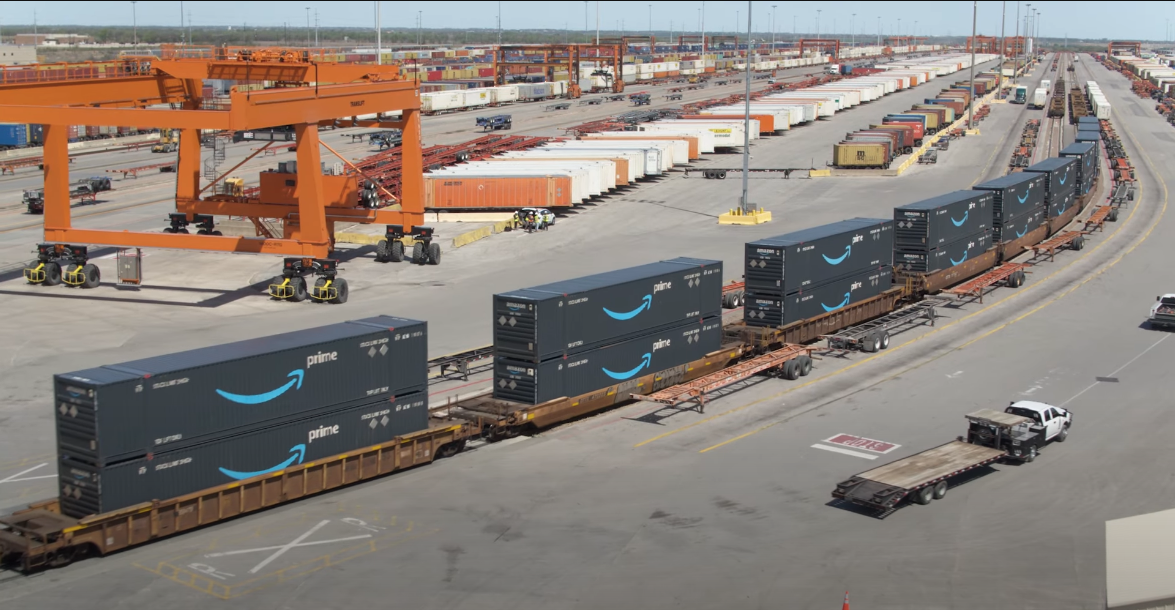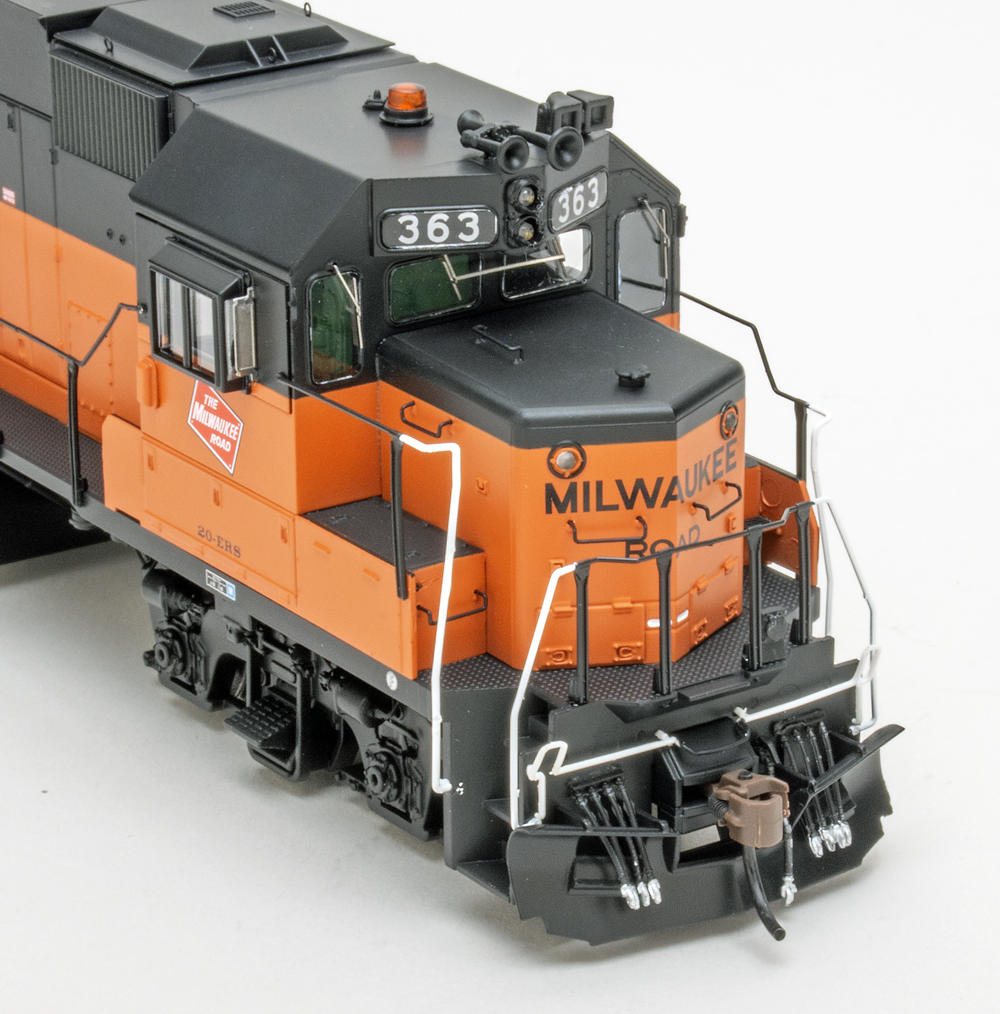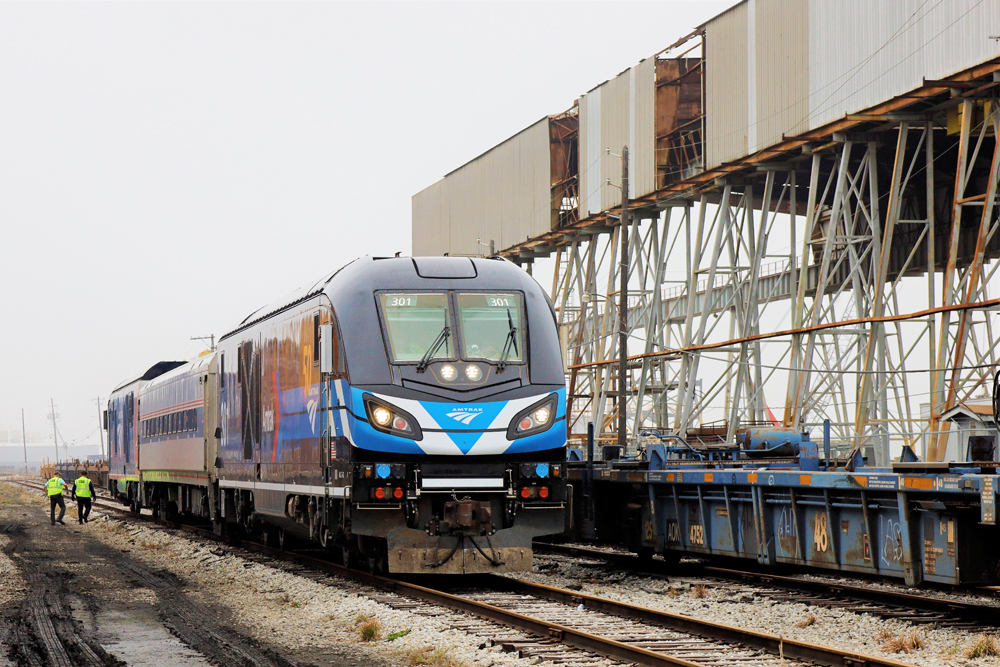
Amazon has begun soliciting business from shippers interested in using space in the company’s fleet of 53-foot intermodal containers.
The move, touted in a YouTube video posted this month, puts Amazon in direct competition with intermodal providers such as J.B. Hunt, Hub Group, and the intermodal marketing companies that fill rail-owned containers.
“With intermodal for external customers, we really started talking about how to go big because of the product that we had. We can compete on cost, speed, capacity, and performance,” Chris Oliver, senior manager, Amazon Freight Intermodal, says in the video.
Amazon manages loads from dock to dock and plans the transportation moves, including the rail and road portions of the trip. “It’s a full end to end solution for every customer,” he says.
Amazon bought its first 250 domestic containers in 2019 and has since expanded the fleet to more than 5,000 boxes, according to the Journal of Commerce.
Amazon aims to reach zero net carbon emissions by 2040 as part of its climate pledge. “Intermodal helps us to get there,” says Mathew Thomas, senior manager, Amazon Freight Intermodal. “You’re making a choice to move something in not just a more cost effective way. You’re moving a product in a much more sustainable way as well.”
Analyst Larry Gross says Amazon is following a path blazed by companies that were once intermodal customers but then became competitors with intermodal providers.
One of the motivating factors behind seeking business from other shippers, Gross says, is building densities that make intermodal more efficient. “There’s a real value to having density,” he says.
A case in point is drayage, the road moves between intermodal terminals and the customer’s loading dock. Ideally, Gross says, the dray move leaves an intermodal terminal with a load and returns with one, too. The odds of having loaded outbound and inbound moves in the right places at the right times increase when the intermodal network is larger, he explains.
Plus, the more volume a company puts on a railroad, the better deal it can get in terms of price and service, Gross adds.
Amazon’s entry as a domestic intermodal player will help create capacity and volume, Gross says. “There’s a need for someone to step up and provide capacity to intermodal marketing companies if the railroads aren’t going to reinvest in their domestic container fleets,” he says.
Intermodal volume moved in rail-owned containers has declined this year, while moves of privately owned containers have risen as part of a shift of domestic intermodal share, Gross notes.
Union Pacific and Norfolk Southern, Canadian National, Canadian Pacific, and Florida East Coast participate in the EMP container program, while UP and CSX are partners in the UMAX fleet.














The Amazon deal is interesting at the margins. First, does it help Amazon with any contract volume requirement (i.e., volume discounts). Second, now Amazon gets to deal with all the “junk” of the retail transportation business like billing, collection, detention, waiting time, demurrage, freight claims, etc. And who pays for any damage, interior or exterior, to the container.
At Santa Fe we were very happy to shift our primary focus to the 20 percent of the customers who gave us 80 percent of our business.
The load to load is certainly valuable. Final mile drayage control is paramount. Balance in lane is the key for the C1’s. OTR truckers are more adept at the balance equation, actually turning down loads that fail to achieve lane balance. Or they offer the J.B. Hunt style “Friday Boston outbound rate scheme”. It seems that for the carriers, for the most part, this activity cannibalizes existing volume.
The rich get richer and the big get bigger. Here in the Chicago area, we are actually seeing more new Walmart containers on the road than Amazon boxes. BTW BNSF is reportedly planning at least one maybe two new intermodal terminals in Northeast Illinois. North Baltimore now handles at least six BNSF trains each way daily. So why does North Baltimore work so well for BNSF but Hunter was too stupid or too arrogant to figure it out. Note to Cindy Sanborn on the new NS TRAINS CD, PSR is not pretty simply railroading but rather pretty stupid railroading. Next big development is expansion pr replacement of Willow Springs to handle increased premium traffic.
JAMES GIBLIN — You speculate if EHH was stupid “or” arrogant. He was both.
I could never figure out EHH walking away from North Baltimore. Given that sunk investment, you find a way to make it work for you, rather than ignoring it. Him de-emphasizing North Baltimore made me think he was less a railroad innovator and more an overgrown petulant child.
Good for BNSF which is losing Schneider National and Gaining more Hunt Container Reefers and Getting Amazon Prime Gitter Done
There are really no more railroad owned containers except for the two Canadian carriers, both the EMP and UMAX businesses are separately run from the railroads that belong to it and manage the containers that initially where supplied by the carriers, now I believe either EMP or UMAX purchases new containers if needed. As for Thomas Noyes comment, it won’t do diddly squat for the supply chain or increase capacity, capacity is based on how many well slots there are per train, not on how many containers are available, since a lot of OTR trailers can also move intermodal(including now apparently roll up doors, which used to be prohibited).
EMP, and UMAX are as close to retail intermodal as we get on the States..
in*
AWS for three-dimensional objects
Though I have some qualms about Amazon, maybe a bit more “competition” in the intermodal market, might not be a bad thing. Esp. given current supply chain and logistics challenges and issues. Presumably this puts additional ‘capacity’ in the intermodal supply chain, provided that the Class I’s can handle this additional intermodal business.
Interesting that Amazon is getting directly into the intermodal service business line and how this will play out for them …..